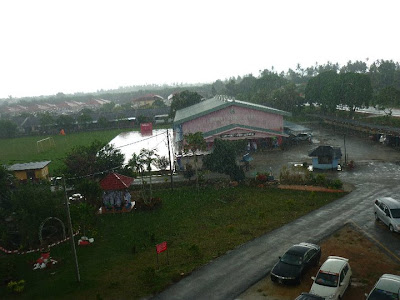Multimedia Development Services [Top-7 Multimedia Services to Generate Interest]
Multimedia services from NetCentric provide enhanced communications, better interest and awareness, and can often even reduce operating costs. From Flash presentations that breath life into your message, to email branding, to web teleconferences, NetCentric has an offering to fit your needs and budget. Below are some unique examples of how you can use multimedia to grow your business.
Talking Web Sites
This technology puts audio 'snippets' on your web site to greet visitors, explain products and services, enhance accessibility, and encourage commerce. A combination of streaming audio and Flash, 'play buttons' will please your web visitors with a new dimension in interactivity.
Animated Web Presentations Your message can be communicated more effectively with an animated presentation containing animated graphics, photography, audio, and video. This technology presents a most compelling message, explains better than static images and text, and can allow for the viewer to interact. Use for demonstrations, company introductions, product launches, and more.
Email Branding & Advertising Establish yourself as an expert in your industry with multimedia email messages. This technology relies on the strengths of HTML email, and either proprietary or Flash technology, to deliver compelling and interactive multimedia email messages. May contain web content, audio, video, and animation.
Virtual Tours & Walk-throughs This technology turns digital photographs, panoramas, videos and audio files into interactive streaming multimedia presentations and virtual tours. Featuring 360-degree tours, rotatable 3-D graphics, walk-throughs, and more, this technology is great for travel agencies, realtors, and manufacturers. Your visitors truly benefit from an intense graphic experience.
Streaming Audio & Video
For web site or CD-based presentation where static web pages just won't do, supplement it with streaming audio and video. Because the media is 'streamed' (fed to the visitor in small portions), it is usable by those with even the slowest Internet connections. From music to speeches, streaming media will create interest and keep your visitors attention. This particular sample is not actually streamed. Video courtesy of John West Salmon.
One of the most unique ways to generate interest, traffic, and a memorable experience for your web site visitors is with an online game. Custom games are a fun way to deliver your message, establish your brand, and keep visitors interested and on-site.
E-Conferences, Meetings, Seminars, and Training Learn how you can communicate better internally and externally, and save considerable costs on meetings, training, and support. Take the next leap in multimedia communications.


















































